When it comes to purchasing a vehicle, one factor that’s often underestimated—but incredibly important—is resale value. The car you buy today isn’t just a means of transportation; it’s an investment, and like any investment, its worth can change dramatically over time.
For many people, buying a car is the second-largest purchase they’ll ever make after a home, so understanding how well your vehicle holds its value over time is not just financially savvy—it’s essential.
In particular, a vehicle’s resale performance becomes even more crucial during a recession, when market conditions change and consumer priorities shift from prestige and performance to practicality and long-term reliability.
Recessions tend to reshape the automotive landscape. During periods of economic growth, consumers are more willing to take financial risks and indulge in vehicles that offer luxury, cutting-edge tech, or brand prestige—even if it means higher monthly payments or fuel costs.
In contrast, during economic downturns, that risk tolerance all but vanishes. Buyers prioritize cost of ownership, fuel efficiency, reliability, and simplicity. In this environment, certain vehicles maintain or even increase their resale value due to steady demand, while others plummet in value as buyers look to cut costs and avoid financial headaches.
A car’s resale value is influenced by numerous factors. The brand’s reputation for reliability, long-term durability, fuel economy, and maintenance costs play a huge role in whether it retains its value. Market trends, the vehicle’s popularity across different regions, the availability of replacement parts, and the stability of the brand itself also come into play.
Even the rate at which a manufacturer redesigns a particular model can affect how quickly previous generations become “outdated.” All of this culminates in a complex, dynamic resale landscape that rewards some vehicles and punishes others, often in ways that surprise buyers.
This article will explore both ends of that spectrum. First, we’ll dive into five vehicles that consistently hold their resale value, regardless of the economic climate.
These models are resilient, practical, and benefit from strong consumer demand, whether the economy is flourishing or floundering. They’re the kind of vehicles that smart, long-term thinkers gravitate toward because they represent not just quality, but financial wisdom.
Then we’ll flip the script and look at the other side of the equation: five vehicles that lose substantial value, especially during recessions. These cars might boast high-tech features, luxurious interiors, or powerful engines, but when times get tough, they tend to lose their luster in the eyes of prospective buyers.
High maintenance costs, poor reliability, or simply bad market timing cause these vehicles to become liabilities rather than assets. It’s important to remember that depreciation is inevitable for any car.
The moment you drive a new vehicle off the dealership lot, its value drops. But the degree to which it depreciates—and how quickly—can vary widely depending on the make, model, and market context. For financially conscious consumers, understanding these patterns is key to making a better long-term decision.
Whether you’re buying a brand-new car or looking for a reliable used option, having an awareness of how well that vehicle will hold its value in the years to come can dramatically influence your total cost of ownership.
It affects your ability to resell, trade-in, or even refinance your vehicle. Especially during times of economic uncertainty, being strategic about your vehicle choice can make a significant difference in your financial resilience.
So if you’re looking to make a smarter vehicle purchase that stands the test of time and economic turbulence, this article is for you. We’ll help you avoid the cars that become financial sinkholes in hard times and steer you toward the ones that remain dependable, both on the road and on your balance sheet.
Also Read: 5 Cars That Survive Salt Roads and 5 That Rust Instantly in the Midwest
5 Cars That Hold Steady Resale in All Markets
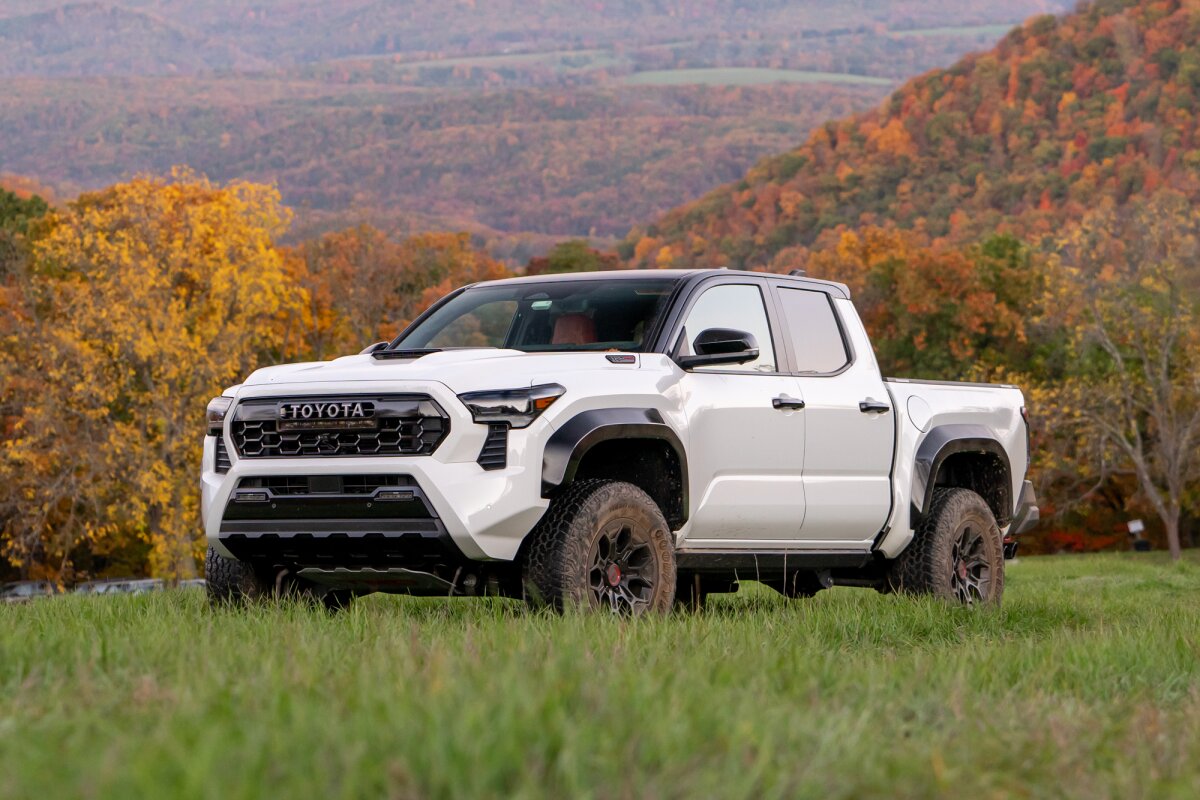
1. Toyota Tacoma
The Toyota Tacoma is a vehicle that has practically rewritten the rulebook on resale value. Unlike most trucks that see steep depreciation in the first few years, the Tacoma bucks the trend by maintaining a substantial portion of its original value even after 5 or more years of ownership.
Part of the reason for this is Toyota’s engineering ethos. Tacomas are built to last, with rugged frames, proven powertrains, and minimal use of experimental tech that could go wrong down the line. This conservative approach pays off for buyers, as the trucks stay reliable well beyond 150,000 miles with proper care, making them highly sought after in the used market.
Another core reason the Tacoma holds its value is its wide-ranging appeal. It strikes a near-perfect balance between off-road capability and daily drivability, making it suitable for adventurous singles, small business owners, suburban families, and everything in between.
Toyota’s decision to offer multiple trims—from the no-frills work-ready SR to the off-road beast TRD Pro—means that there’s a Tacoma for almost every kind of buyer.
During economic downturns, this versatility is invaluable. Buyers looking for dependable utility vehicles turn to the Tacoma in droves, whether they need it for light commercial use or as a daily commuter that can double as a weekend trail rig.
Additionally, Toyota’s conservative product refresh cycle has a surprisingly strong impact on the Tacoma’s used market performance. Because Toyota doesn’t completely redesign the Tacoma every few years, older models don’t become obsolete as quickly.
A 2016 Tacoma, for example, doesn’t feel drastically different in function or form from a 2021 model, which keeps demand high for even aging versions. Furthermore, the aftermarket support for the Tacoma is extensive, allowing buyers to customize or repair their trucks affordably.
All these factors combine to make the Tacoma one of the most resilient vehicles on the resale market, often outperforming competitors that initially cost more.
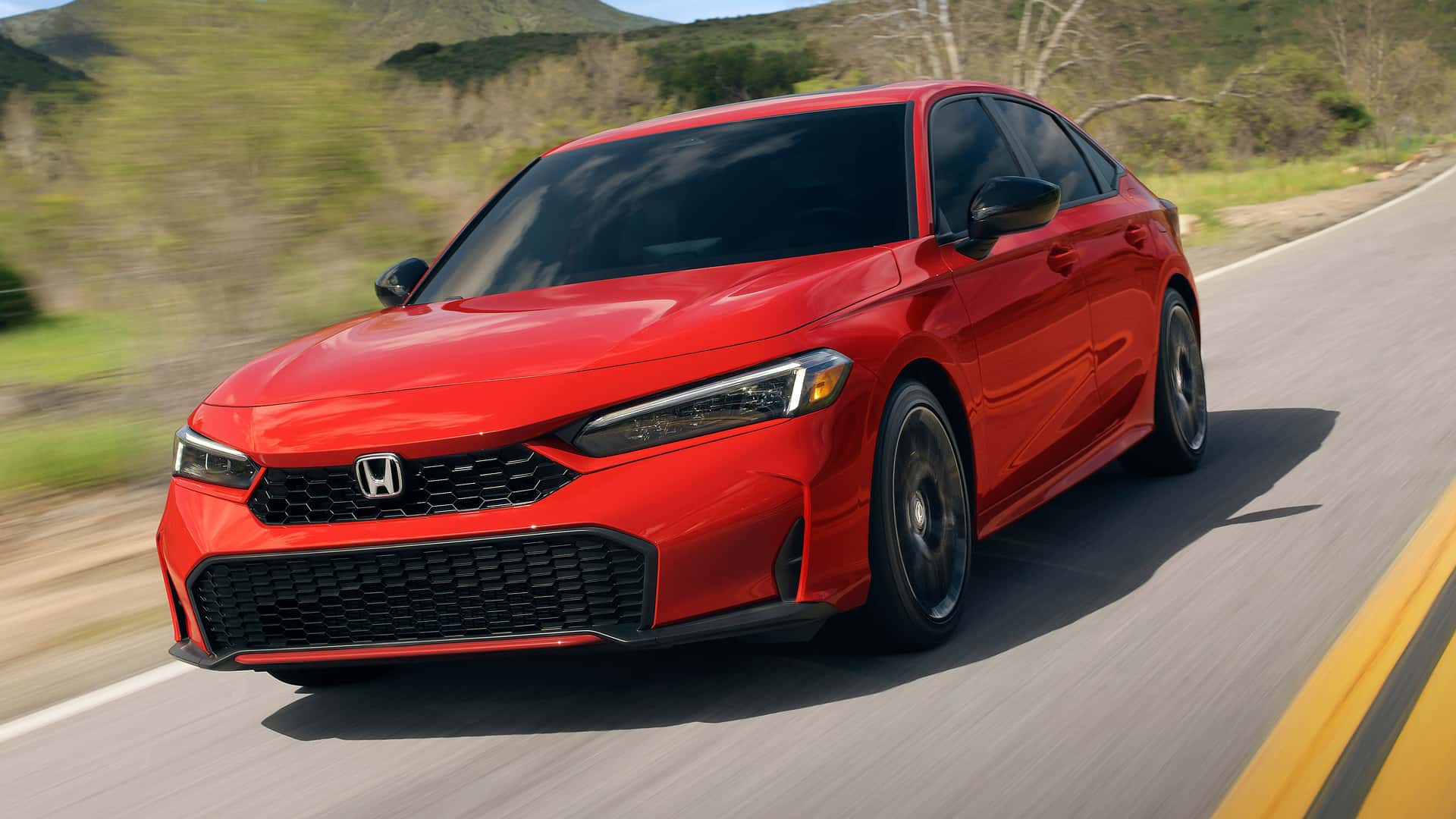
2. Honda Civic
The Honda Civic has earned its place in resale royalty through a rare combination of long-standing reliability, engineering efficiency, and widespread consumer trust. Few vehicles have been as consistently refined across generations.
Even as trends in styling and tech evolve, the Civic remains relevant and in demand, thanks to Honda’s focus on essential qualities like longevity, fuel economy, and low maintenance costs.
This makes it especially attractive to budget-conscious buyers during economic downturns, when affordability and proven track records take precedence over flashier features.
One major contributor to the Civic’s exceptional resale value is the diversity of its lineup. From the fuel-sipping base models to the sportier Si and Type R trims, there’s a Civic for nearly every kind of driver. Yet, even the entry-level trims come equipped with enough quality and practicality to make them compelling used purchases.
Buyers know what they’re getting—a dependable, easy-to-maintain car with a good balance of comfort, efficiency, and durability. Honda’s engines are known for their longevity, with many Civics easily reaching 200,000 miles or more. This perceived longevity reassures used buyers, making the car easier to sell at a fair price.
Beyond reliability, Honda’s strategic design decisions have helped the Civic stay fresh and appealing over time. Each generation brings meaningful updates without alienating the existing customer base. Interiors remain functional, materials feel high-end for the price, and infotainment systems are user-friendly.
During recessions, consumers often downsize or look for vehicles that offer great value without feeling like a downgrade. The Civic delivers on this front, retaining the feel of a premium compact while offering the financial sensibility of a budget ride. This rare mix makes it a high performer in both good times and bad, and that stability is reflected clearly in its resale numbers.
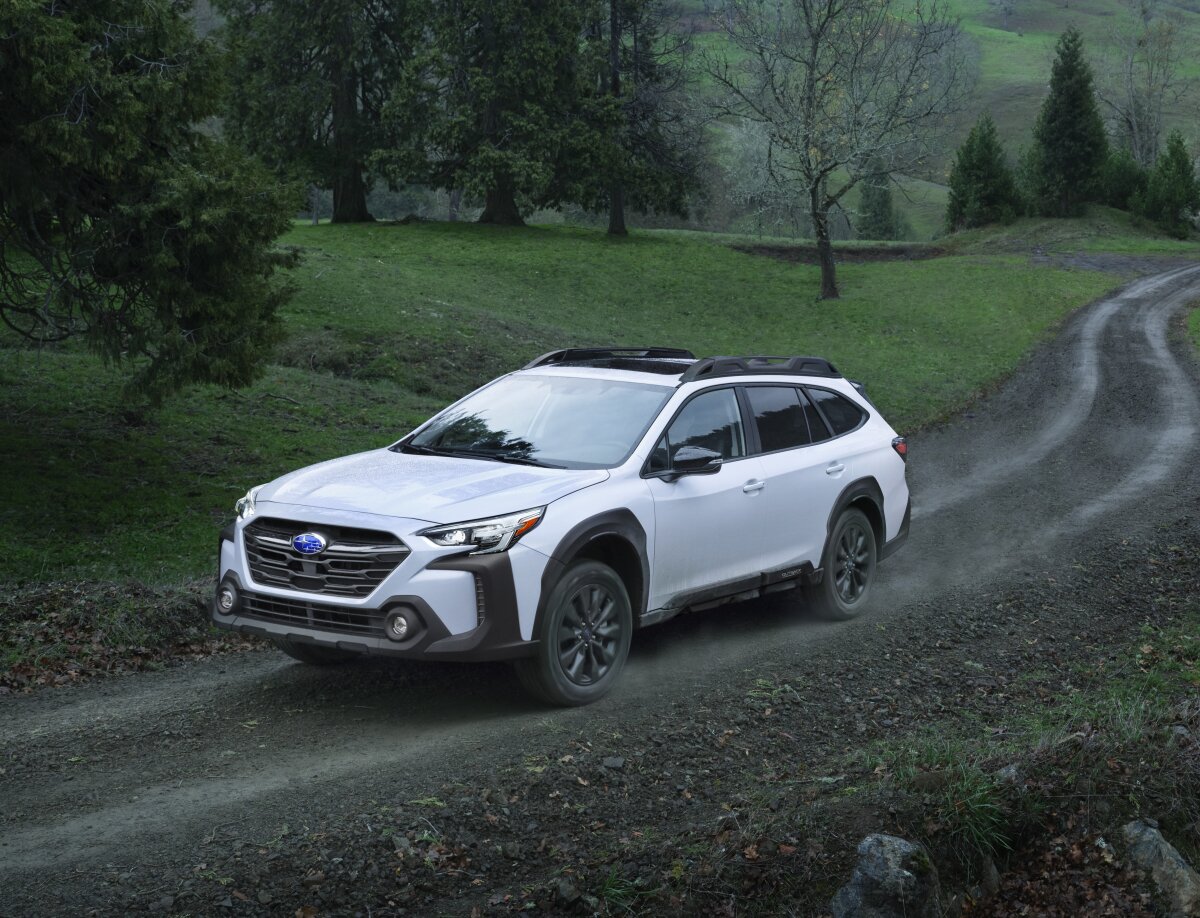
3. Subaru Outback
The Subaru Outback is one of those rare vehicles that combines practicality, uniqueness, and ruggedness in a package that consistently retains value across all economic climates. Technically classified as a wagon but often competing with crossovers and SUVs, the Outback offers standard all-wheel drive, high ground clearance, and a spacious cabin.
These characteristics make it a favorite among drivers in cold-weather climates, outdoor enthusiasts, and families who need both functionality and comfort. In downturns, buyers gravitate toward vehicles that can “do it all,” and the Outback fits that description to a tee.
A big reason the Outback holds its value so well is Subaru’s engineering philosophy and strong owner loyalty. Subarus are designed with longevity in mind, and it’s not uncommon to see Outbacks with 200,000+ miles still on the road. The engines—particularly the 2.5-liter flat-four and the 3.6-liter six-cylinder in older models—are known for being simple yet effective.
The symmetrical all-wheel drive system, a Subaru hallmark, provides added safety and stability, making the car ideal for both urban and rural environments. These traits are especially appealing in tough economic times when families seek reliable vehicles that won’t break the bank in repair costs.
The Outback also benefits from a niche but loyal demographic. It has almost a cult following in regions like the Pacific Northwest and Colorado, where the car is seen as a lifestyle enhancer. This cultural association boosts its resale value, as used buyers are often specifically looking for an Outback, not just any AWD vehicle.
Subaru’s focus on safety, including top crash-test ratings and EyeSight driver assistance tech, further cements the Outback’s value proposition. Whether it’s a new or five-year-old model, buyers trust it, and that trust directly translates into resale value that’s as steady as the car itself.
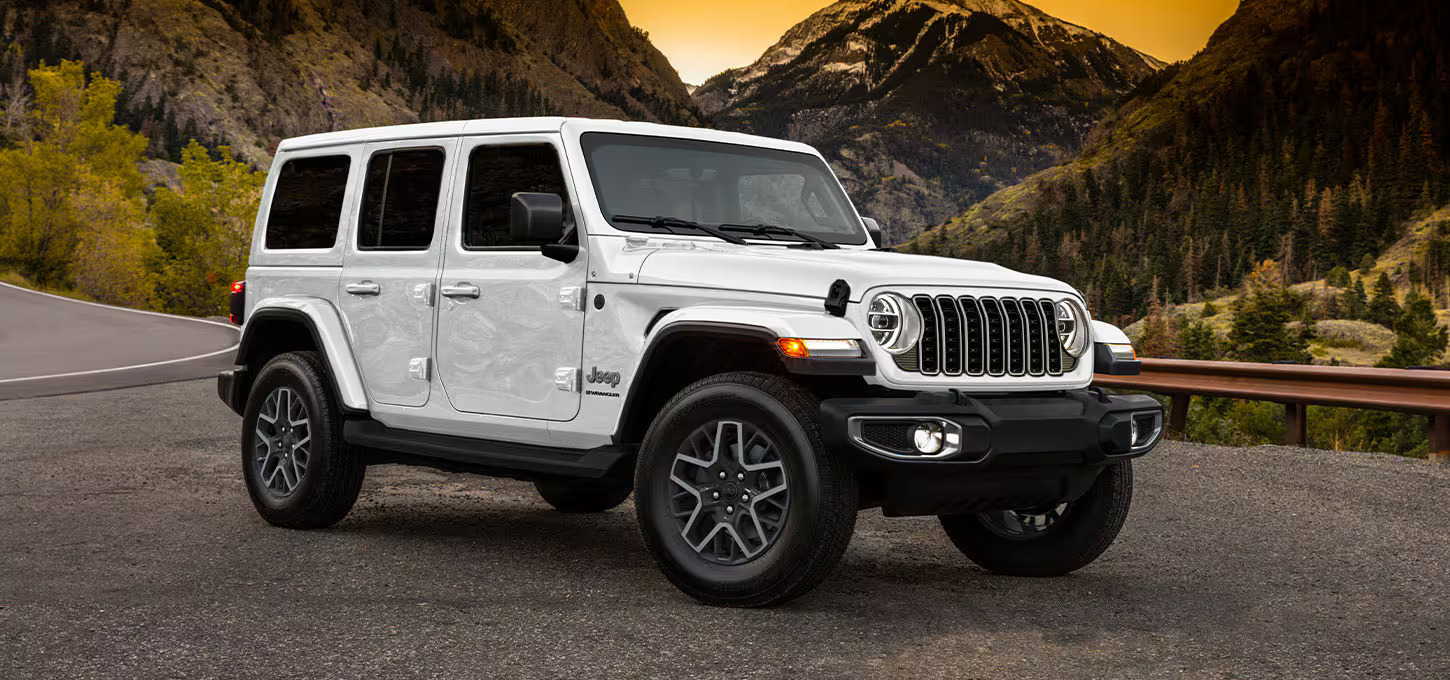
4. Jeep Wrangler
The Jeep Wrangler is a one-of-a-kind vehicle that somehow thrives both in economic booms and busts, largely thanks to its status as a cultural icon. Unlike many vehicles whose resale depends on tech features or fuel efficiency, the Wrangler’s value is built on heritage, identity, and off-road capability.
Few vehicles have as much character baked into their DNA. This makes the Wrangler unique on the resale market—it’s not just a vehicle, it’s a lifestyle statement, and that enduring appeal doesn’t fade during a recession.
The Wrangler’s strong resale value stems partly from its modular and simplistic design. It’s one of the few modern vehicles that you can still strip down, customize, and rebuild with ease. Doors and roofs are removable, the body is designed for easy repairs, and the aftermarket is vast and diverse.
Buyers in the used market love Wranglers because they’re easy to modify and even easier to resell again down the line. Even high-mileage models fetch solid prices if they’ve been reasonably maintained. During economic downturns, people may delay buying new but still want something adventurous or rugged, and the used Wrangler fits the bill perfectly.
Another underappreciated aspect of the Wrangler’s value retention is its slow rate of change. Jeep doesn’t overhaul the Wrangler every few years; instead, it sticks to incremental improvements. This means a five-year-old Wrangler still looks and drives a lot like a new one, which significantly reduces perceived depreciation.
There’s also a sense of timelessness to its utilitarian styling that protects it from feeling outdated. All these factors add up to a vehicle that not only defies conventional depreciation trends but also often ends up being a better investment than flashier, more luxurious alternatives.
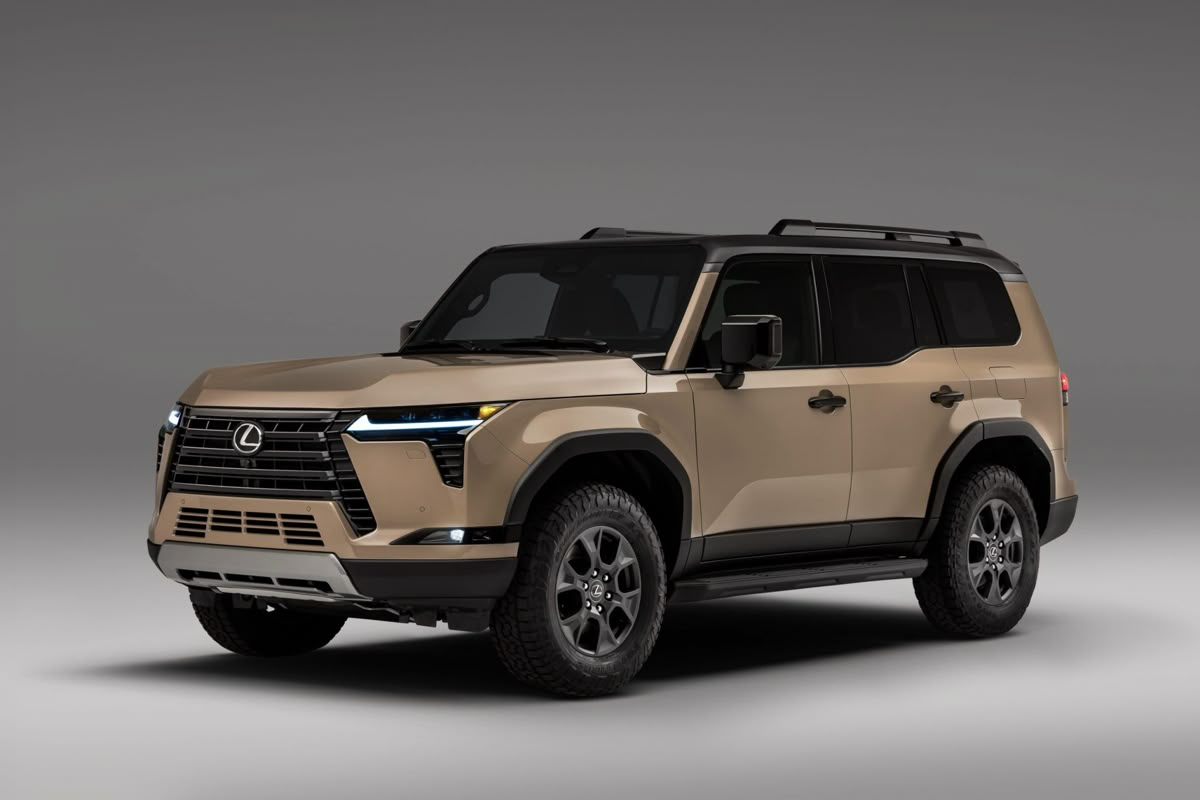
5. Lexus GX
The Lexus GX is a luxury SUV that holds its resale value for reasons that go far beyond the badge on the grille. Built on a rugged body-on-frame platform derived from the Toyota Land Cruiser Prado, the GX combines traditional SUV toughness with Lexus-level refinement.
It’s one of the few luxury vehicles that can handle rough terrain without sacrificing comfort. This unique capability makes it a popular choice among affluent buyers who also value practicality.
During economic downturns, this rare blend becomes even more appealing—buyers can enjoy a high-end experience without the repair anxiety that comes with European luxury vehicles.
What truly sets the GX apart is its long-term reliability. Unlike many competitors that prioritize high-end features over build quality, the GX is designed to last. Its naturally aspirated V8 engine is not only powerful but also known for being extremely durable.
The interior materials are built to withstand both family use and outdoor adventure. Even a ten-year-old GX, when properly maintained, feels solid and luxurious, making it a desirable used option. This reliability underpins its resale performance, as buyers are willing to pay a premium for peace of mind, especially when financial times are uncertain.
Furthermore, the GX enjoys a niche but fervent following among overlanding and off-road enthusiasts. It has become increasingly popular as a “stealth Land Cruiser,” offering similar capabilities at a much lower price point. This off-road credibility adds another layer to its appeal on the used market.
Buyers who wouldn’t usually consider a luxury SUV during a recession might make an exception for the GX because it’s as capable on a mountain trail as it is in a valet line. This dual-purpose appeal, backed by Toyota’s engineering and Lexus’s luxury, makes the GX a standout in terms of both performance and resale stability.
5 Cars That Tank in Recessions
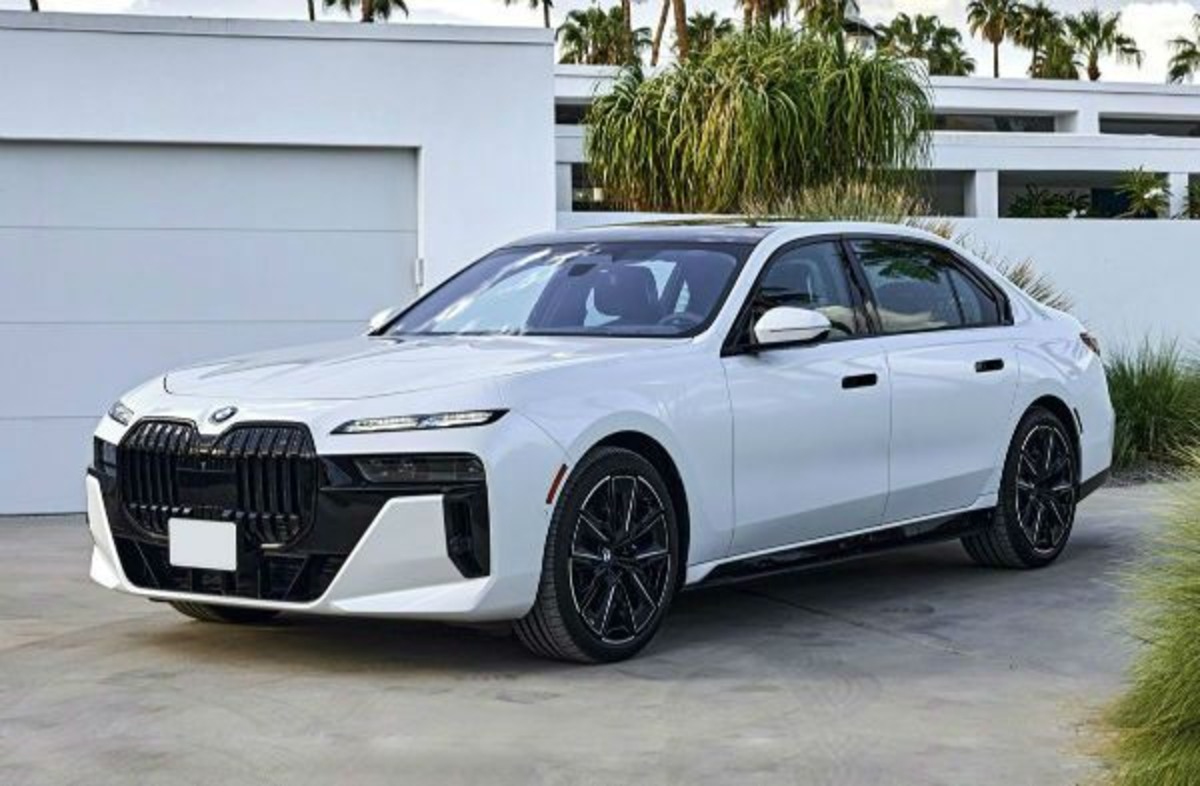
1. BMW 7 Series
The BMW 7 Series is often viewed as the pinnacle of executive luxury sedans. With its blend of cutting-edge technology, powerful engine options, and opulent interior, it’s a vehicle built to impress. However, these very attributes become liabilities during a recession.
Buyers become far more cost-conscious, and vehicles like the 7 Series, which are expensive to own, maintain, and insure, lose their appeal rapidly. Even in normal market conditions, these cars experience sharp depreciation; in a recession, the drop can be staggering.
The high upfront cost doesn’t translate into long-term value, especially when upkeep remains persistently expensive. Another significant issue with the 7 Series is its reliance on complex systems and electronics.
While these features may be appealing when new, they can become a source of dread for second or third owners. Advanced infotainment systems, adjustable air suspensions, and numerous sensors often require specialized repairs and diagnostics.
Once the warranty period ends, owners are often faced with costly maintenance and repair bills that exceed expectations. During economic downturns, few buyers are willing to take on these risks. As a result, the resale value nosedives because the pool of interested buyers shrinks dramatically.
Moreover, the image that once made the 7 Series so desirable works against it during recessions. In tough financial times, ostentatious displays of wealth are less socially acceptable, and the demand for luxury sedans softens across the board. Practicality becomes the priority.
Even loyal BMW buyers shift their focus to more efficient or understated options, leaving vehicles like the 7 Series to languish on used car lots.
This is especially problematic for a car that costs six figures when new but can lose over half its value in just three years, often making it one of the most financially punishing luxury cars to own during a downturn.
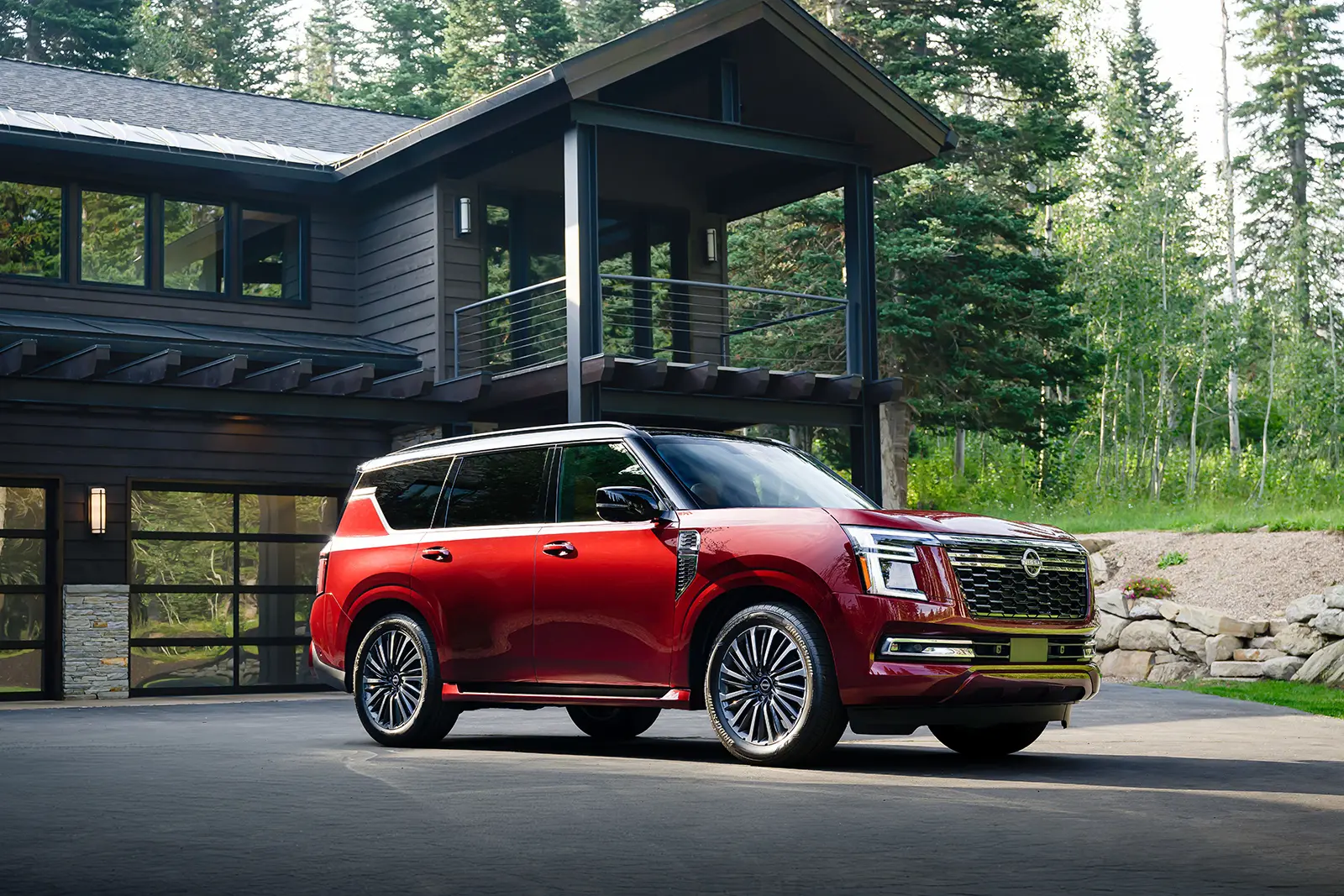
2. Nissan Armada
The Nissan Armada is a full-size SUV that tries to deliver a blend of comfort, utility, and power. On paper, it seems like a strong contender for families needing space and towing capacity. But when you dig deeper, especially during an economic slowdown, the cracks start to show.
One of the biggest culprits is fuel economy—or the lack thereof. With its V8 engine and hefty curb weight, the Armada gulps gasoline at a rate that becomes increasingly unattractive when people are tightening their belts.
As gas prices fluctuate, especially during financially unstable periods, owning a fuel-thirsty SUV becomes a burden more than a benefit. Beyond fuel costs, the Armada suffers from weak brand loyalty and a somewhat outdated platform.
Unlike Toyota or Ford, Nissan hasn’t built a consistent legacy of full-size SUV excellence. This results in less consumer trust and lower perceived value on the resale market.
When money is tight, buyers are far less willing to take a chance on a vehicle that doesn’t have a stellar reputation for longevity. The Armada’s ride quality and tech features may appeal to new buyers, but when it’s time to sell or trade in, the resale value often underwhelms, especially when compared to rivals like the Toyota Sequoia or Chevrolet Tahoe.
Another reason the Armada tanks in recessions is its poor market positioning. It lacks a unique identity or competitive advantage that sets it apart. It’s neither luxurious enough to be a true alternative to premium brands, nor affordable or efficient enough to attract budget-conscious families.
This puts it in an awkward middle ground. During a recession, buyers either go high-end (if they can afford it) or downsize and economize. The Armada appeals to neither, leaving it with limited resale demand. Dealers often slash prices just to move inventory, which further erodes used values across the board.
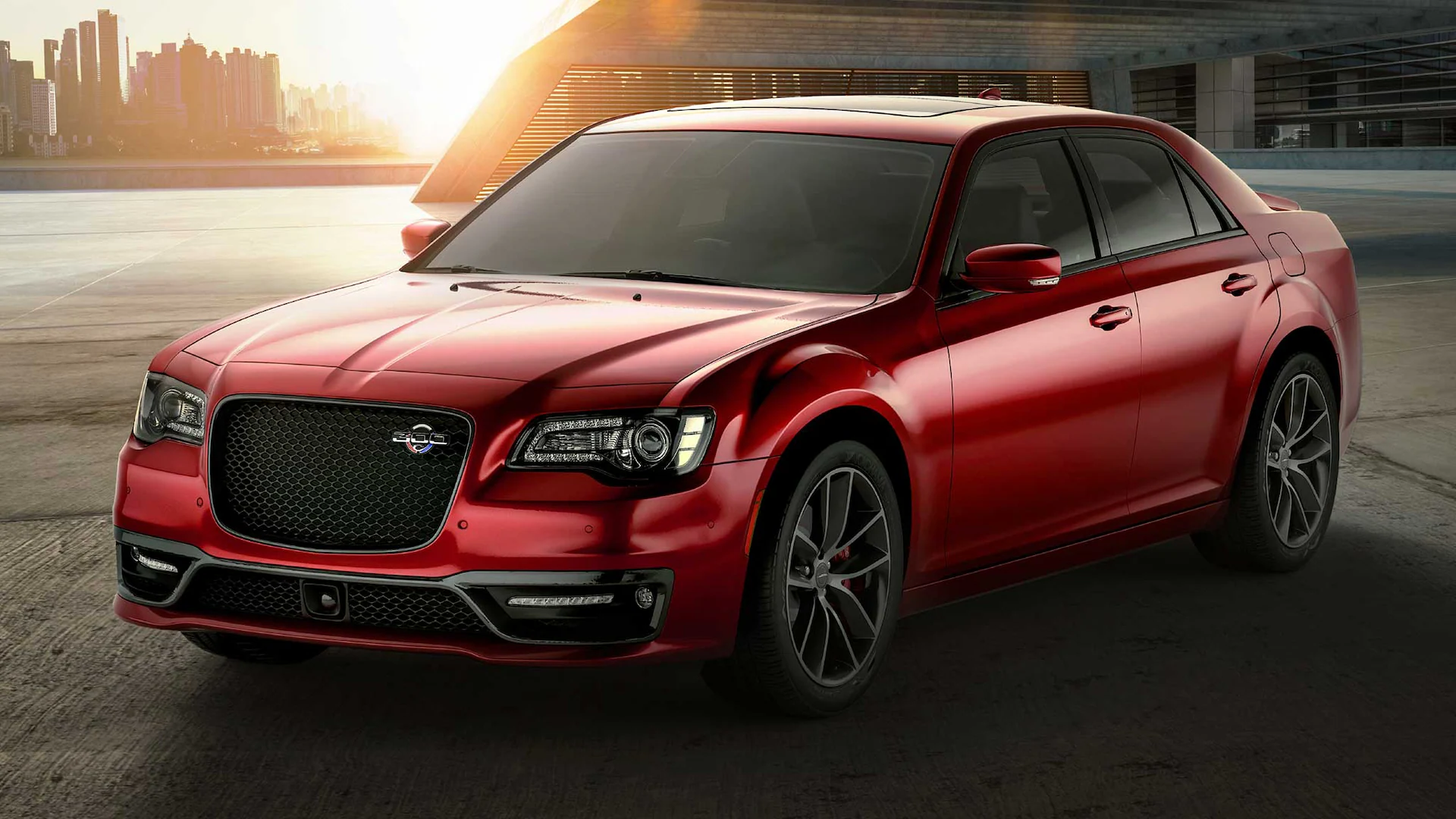
3. Chrysler 300
The Chrysler 300 is a bold, unmistakable sedan that once redefined American automotive design. It offers rear-wheel drive, a spacious cabin, and strong engine options, including a hearty V8. While it has loyal fans who appreciate its distinctive styling and power, it struggles mightily in terms of resale value, particularly during economic downturns.
One of the main challenges is its outdated platform and interior, which have seen relatively minor updates over the years. In a market that favors innovation and perceived value, the 300 quickly feels behind the curve, and its appeal dwindles rapidly.
Recessions highlight some of the 300’s most significant weaknesses: inefficient fuel economy, an aging infotainment system, and below-average reliability ratings. These become glaring red flags for secondhand buyers looking for affordable, dependable transportation.
When money is tight, buyers shy away from anything that could lead to unexpected repair bills or high ownership costs. The 300, with its higher-than-average depreciation and lack of standout features beyond brute force and style, becomes a tough sell.
Competing models from Toyota and Honda offer better value and lower risk, pushing the Chrysler 300 to the sidelines of the used market. Adding to its resale woes is the waning reputation of the Chrysler brand itself.
While the 300 may still carry a certain “cool factor” for some, it’s increasingly viewed as a relic of a bygone era rather than a smart long-term investment. Chrysler’s limited vehicle lineup and uncertain future don’t inspire confidence in buyers.
The 300’s aesthetic appeal isn’t enough to overcome concerns about brand stability and future support. In hard times, when reliability and cost-effectiveness dominate decision-making, the Chrysler 300 often ends up heavily discounted and overlooked.

4. Cadillac CT6
The Cadillac CT6 was meant to be a revivalist flagship sedan—something to re-establish Cadillac’s position as a world-class luxury automaker. With its advanced technologies, lightweight chassis, and a blend of turbocharged and hybrid engines, the CT6 had the credentials on paper.
But the reality in the used car market, particularly during economic contractions, paints a far less flattering picture. Despite its engineering innovations, the CT6 suffers from one of the harshest depreciation curves in the luxury sedan world. Many of its issues stem from lackluster demand and Cadillac’s decision to discontinue the model, effectively torpedoing consumer confidence.
When a car is pulled from production prematurely, it often sends a signal to the market that the automaker lacked faith in its long-term viability. For used buyers, that translates into concerns about parts availability, software updates, and long-term serviceability.
Add to this Cadillac’s patchy reliability reputation, and you have a recipe for rapid depreciation. During recessions, buyers become even more wary of such models. Despite the CT6’s performance and luxury features, it’s overshadowed by the perception that it’s a risky, possibly unsupported purchase, and its resale value plummets accordingly.
Another factor that drags down the CT6 in recession-era resale markets is its indistinct market position. It was meant to compete with the BMW 7 Series and Mercedes-Benz S-Class, but fell short in both prestige and global recognition.
This ambiguity makes it harder to sell in the used market, especially when buyers could opt for better-known European options or switch to more reliable Asian luxury brands like Lexus or Acura. In uncertain times, consumers demand clear value and certainty in their purchases, and the CT6, for all its promise, fails to deliver either.
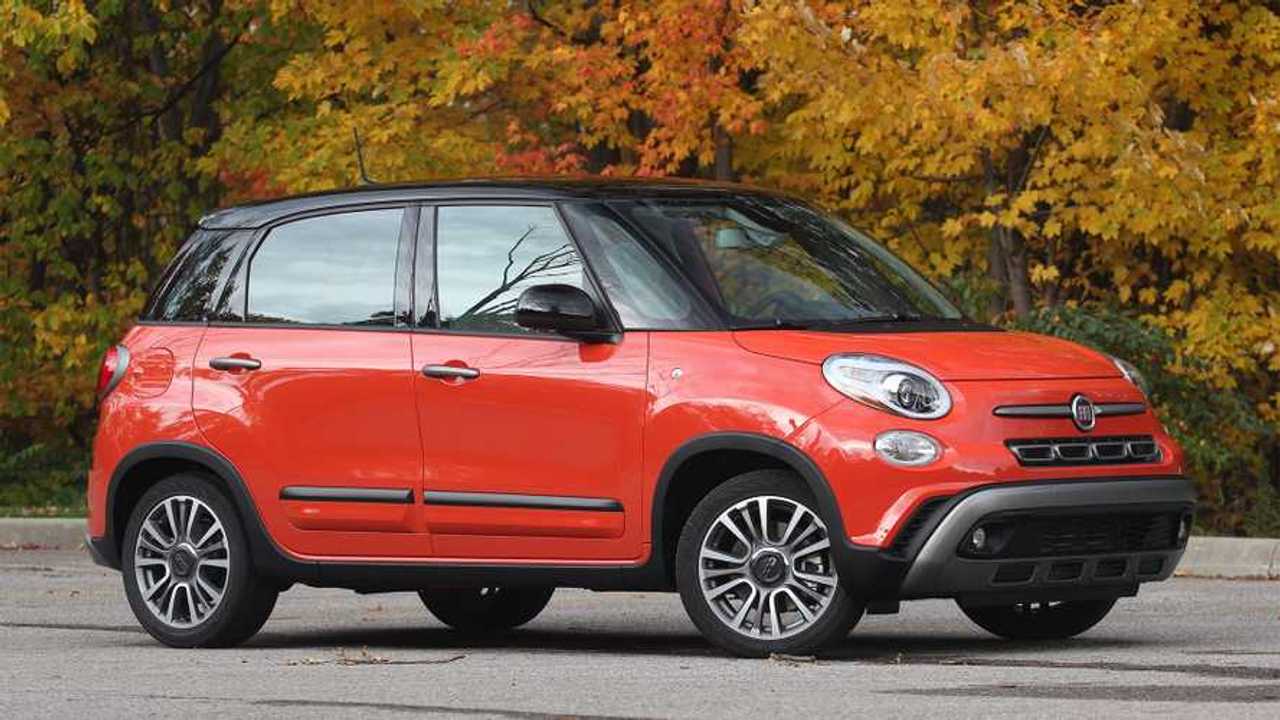
5. Fiat 500L
The Fiat 500L is often cited as one of the worst-performing vehicles in terms of resale value, and for good reason. Intended as a practical, roomier alternative to the stylish Fiat 500, the 500L never quite resonated with U.S. buyers. Its awkward proportions, underwhelming driving dynamics, and unreliable mechanical systems quickly eroded any early curiosity buyers may have had.
In recessions, when the used car market is driven by dependability and value retention, the 500L struggles to find any audience at all. It becomes a textbook example of how poor design and brand perception can sink a vehicle’s market value almost entirely.
Reliability has been a persistent Achilles’ heel for the 500L. Review after review highlights mechanical and electronic issues, ranging from failing infotainment systems to erratic transmissions. Fiat’s sparse dealer network and relatively high service costs make matters worse.
During economic downturns, these issues are magnified, as used buyers become highly selective and unwilling to gamble on vehicles with a history of mechanical failures. Consequently, the 500L sees steep price drops on the used market, often selling for a small fraction of its original MSRP.
Fiat, as a brand, also suffers from a broader identity crisis in North America. Never able to truly establish a strong foothold, the brand has been perceived as quirky and unreliable, which is a death sentence during financially conservative times.
The 500L’s unusual design, lack of cargo flexibility compared to similarly sized crossovers, and poor driving reputation make it unappealing even at a discounted price.
In a recessionary environment, the Fiat 500L is not just a hard sell—it’s practically radioactive in the resale market, often passed over entirely in favor of more predictable and proven options.
Also Read: 5 Cars That Survive Salt Roads and 5 That Rust Instantly in the Midwest
In an economy that is increasingly unpredictable, where inflation, global supply chain disruptions, and fluctuating consumer confidence are part of the daily financial backdrop, choosing a vehicle that retains its value over time becomes more than just smart—it becomes essential.
As we’ve explored, there are clear winners and losers in the world of automotive depreciation, and the line between the two is often drawn most starkly during times of recession.
The five vehicles we discussed as resale champions—Toyota Tacoma, Honda Civic, Subaru Outback, Jeep Wrangler, and Lexus GX—share key traits that make them resilient even in the face of economic downturns.
They’re practical, built to last, and widely trusted. More importantly, these vehicles don’t just attract new car buyers—they have a strong appeal on the used market.
When people are looking to stretch their dollars, they turn to these dependable models with proven track records. This creates consistent demand, which in turn bolsters their resale value.
These vehicles also benefit from strong brand equity. Toyota, Honda, Subaru, Jeep, and Lexus have cultivated reputations for reliability, longevity, and quality. They inspire trust, and trust is currency—especially when consumers are anxious about the future.
In recessions, emotional buying gives way to rational decision-making, and these models deliver on the metrics that matter most: low operating costs, proven reliability, and enduring demand. That’s why they hold their value while others falter.
On the other end of the spectrum, vehicles like the BMW 7 Series, Nissan Armada, Chrysler 300, Cadillac CT6, and Fiat 500L illustrate what happens when a car’s appeal doesn’t translate to long-term value.
These vehicles often rely on style, luxury, or performance as their primary selling points, but they fall short when consumers demand simplicity, durability, and low maintenance. During boom times, they may shine on showroom floors, but in a recession, they struggle to find buyers, even at steep discounts.
The reasons vary. For some, like the BMW 7 Series or Cadillac CT6, it’s the high cost of ownership and complex electronics that scare away secondhand buyers.
For others, like the Fiat 500L or Chrysler 300, it’s poor reliability records or a lack of identity in a saturated market. In the case of the Nissan Armada, fuel inefficiency and limited resale appeal knock it out of contention when buyers tighten their belts.
These vehicles become difficult to sell not because they’re bad cars per se, but because they don’t align with what buyers are looking for in tough economic times.
What’s the takeaway here? Resale value should be a central consideration in any vehicle purchase, especially if you’re concerned about long-term financial health. Owning a vehicle that holds its value not only reduces your overall cost of ownership, but it also provides flexibility in hard times.
You may need to trade it in, sell it, or downsize your lifestyle, and the last thing you want is a car that’s lost 60–70% of its value in just a few years. Overall cost of ownership, but it also provides flexibility in hard times. You may need to trade it in, sell it, or downsize your lifestyle, and the
If you’re shopping for a vehicle today, it pays to look past the horsepower and touchscreen size. Ask: How long will this vehicle last? What are its maintenance costs?
Will people still want it five or ten years from now? Choosing a car that checks these boxes doesn’t just offer peace of mind—it offers a level of financial protection that becomes invaluable when economic uncertainty hits.
In the end, your car is more than just a ride—it’s an asset or a liability. Make the smart choice now, and your future self will thank you, recession or not.

